-
 Bitcoin
Bitcoin $118300
-0.58% -
 Ethereum
Ethereum $3825
0.11% -
 XRP
XRP $3.137
-0.71% -
 Tether USDt
Tether USDt $0.9999
-0.01% -
 BNB
BNB $803.9
-3.37% -
 Solana
Solana $181.5
-1.94% -
 USDC
USDC $0.9999
0.01% -
 Dogecoin
Dogecoin $0.2238
-2.51% -
 TRON
TRON $0.3358
2.12% -
 Cardano
Cardano $0.7844
-2.16% -
 Hyperliquid
Hyperliquid $43.31
-1.48% -
 Sui
Sui $3.807
-4.04% -
 Stellar
Stellar $0.4203
-1.96% -
 Chainlink
Chainlink $17.79
-3.00% -
 Bitcoin Cash
Bitcoin Cash $567.8
-1.34% -
 Hedera
Hedera $0.2614
-4.30% -
 Avalanche
Avalanche $24.19
-4.46% -
 Litecoin
Litecoin $109.2
-0.74% -
 UNUS SED LEO
UNUS SED LEO $8.969
-0.01% -
 Toncoin
Toncoin $3.404
3.97% -
 Ethena USDe
Ethena USDe $1.001
-0.01% -
 Shiba Inu
Shiba Inu $0.00001307
-3.19% -
 Uniswap
Uniswap $10.33
-1.23% -
 Polkadot
Polkadot $3.884
-4.06% -
 Monero
Monero $312.9
-1.87% -
 Dai
Dai $1.000
0.01% -
 Bitget Token
Bitget Token $4.537
-2.24% -
 Pepe
Pepe $0.00001156
-3.40% -
 Cronos
Cronos $0.1437
-0.89% -
 Aave
Aave $282.8
-2.77%
How to capture the starting buying point of the 30-minute large-volume breakthrough platform + 1-hour moving average in a bullish arrangement?
A bullish arrangement in crypto trading combines 1-hour EMA alignment, 30-minute consolidation, and high-volume breakouts for high-probability long entries.
Jul 29, 2025 at 03:00 pm
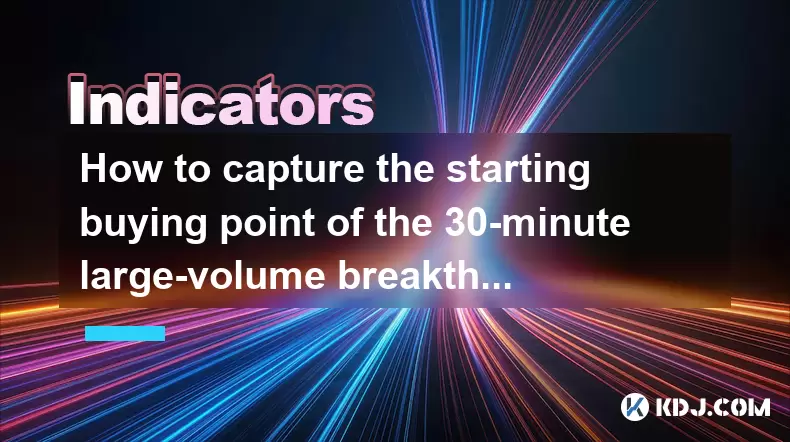
Understanding the Bullish Arrangement in Technical Analysis
In cryptocurrency trading, a bullish arrangement refers to a technical setup where multiple indicators align to suggest upward price momentum. This typically includes price action above key moving averages, rising volume, and consolidation patterns preceding a breakout. The core components in this strategy involve the 1-hour moving average alignment and a 30-minute volume-backed breakout from a consolidation platform. Traders use this confluence to identify high-probability entry points. The 1-hour moving average, particularly the 20-period or 50-period EMA (Exponential Moving Average), acts as dynamic support during uptrends. When price remains consistently above these averages, it signals strength. The alignment—where shorter-term moving averages cross above longer-term ones—confirms the bullish structure.
Identifying the 30-Minute Consolidation Platform
A consolidation platform on the 30-minute chart is a period where price moves sideways within a defined range, indicating a balance between buyers and sellers. This phase often follows a prior uptrend or a correction and sets the stage for a potential breakout. To identify this platform:
- Look for at least 3–5 consecutive candles forming within a narrow high-to-low range.
- Ensure that the volume decreases during the consolidation, signaling reduced selling pressure.
- Draw horizontal support and resistance lines connecting the recent swing lows and highs.
- Confirm that the price has not violated the 1-hour EMA 20 or EMA 50 during this phase, maintaining the bullish context.
The tighter the consolidation, the more significant the potential breakout. A tight range with shrinking volume suggests accumulation, where smart money may be building long positions before a surge.
Monitoring Volume for Breakout Confirmation
Volume is a critical factor in validating breakouts. A genuine breakout from a consolidation platform must be accompanied by a significant increase in trading volume, indicating strong buyer participation. To assess volume effectively:
- Compare the volume of the breakout candle to the average volume of the past 5–10 candles.
- A volume spike of at least 1.5x to 2x the average is a strong confirmation signal.
- Use volume indicators like the Volume Weighted Moving Average (VWMA) on the 30-minute chart to establish a baseline.
- Avoid entering on breakouts with low or declining volume, as these are often false signals or "bull traps."
When the price breaks above the resistance level of the 30-minute platform with high volume, it reflects institutional or large trader involvement, increasing the probability of sustained upward movement.
Aligning with the 1-Hour Moving Average Structure
The 1-hour chart provides the broader trend context. For the setup to be valid, the 1-hour moving averages must be in bullish alignment. This means:
- The EMA 20 is above the EMA 50, creating a "golden cross" pattern.
- Price is trading above both moving averages, using them as support.
- The moving averages themselves are sloping upward, indicating momentum.
- There are no recent bearish reversal patterns (e.g., engulfing candles, head and shoulders) on the 1-hour timeframe.
This alignment ensures that the 30-minute breakout is not occurring in isolation but is supported by higher-timeframe strength. Traders should avoid taking entries if the 1-hour structure shows signs of weakness, even if the 30-minute chart appears bullish.
Executing the Entry: Precise Trigger and Risk Management
Once the consolidation, volume, and moving average conditions are met, the next step is execution. The optimal entry occurs after confirmation, not on the initial breakout candle. To execute:
- Wait for the breakout candle to close above the platform’s resistance on the 30-minute chart.
- Confirm that the closing price is above the 1-hour EMA 20 and EMA 50.
- Enter on the opening of the next 30-minute candle, ensuring the volume remains elevated.
- Place a stop-loss just below the recent swing low within the consolidation platform or below the 30-minute support level.
- Set a take-profit level at the next key resistance zone, measured using Fibonacci extensions or prior swing highs.
Position sizing should reflect risk tolerance—never risk more than 1–2% of the trading account on a single setup. Use trailing stops if the price continues to rise beyond the initial target.
Using Multiple Timeframe Confirmation
For added reliability, examine the 15-minute and 4-hour charts to ensure alignment. On the 15-minute chart, look for a smaller consolidation or bullish candlestick pattern (e.g., bullish engulfing, hammer) forming at the breakout moment. This micro-structure can offer a tighter entry. On the 4-hour chart, verify that the overall trend is bullish and that no major resistance levels are immediately overhead. If the 4-hour chart shows a strong uptrend with higher highs and higher lows, the 30-minute breakout gains additional credibility. Discrepancies between timeframes—such as a bearish divergence on the 4-hour—should prompt caution.
Frequently Asked Questions
What if the breakout candle has high volume but closes back inside the platform?
This is a false breakout or "wick trap." Even with high volume, if the candle closes within the consolidation range, the breakout lacks conviction. Do not enter. Wait for a new breakout with a confirmed close outside the range.
Can this strategy be applied to all cryptocurrencies?
Yes, but it works best with high-liquidity assets like BTC, ETH, or BNB. Low-cap altcoins often have erratic volume and whipsaw price action, making volume analysis unreliable. Always check the average daily trading volume before applying this method.
How do I distinguish between a consolidation platform and a downtrend pause?
A true consolidation platform shows symmetrical price movement with clear support and resistance. A downtrend pause often lacks defined boundaries and may show lower highs and lower lows. Additionally, in a bullish platform, the 1-hour moving averages remain upward-sloping and unbroken.
Should I use EMA or SMA for the moving averages?
Use EMA (Exponential Moving Average) because it reacts faster to recent price changes, providing more timely signals. SMA (Simple Moving Average) lags more and may delay confirmation, reducing entry precision.
Disclaimer:info@kdj.com
The information provided is not trading advice. kdj.com does not assume any responsibility for any investments made based on the information provided in this article. Cryptocurrencies are highly volatile and it is highly recommended that you invest with caution after thorough research!
If you believe that the content used on this website infringes your copyright, please contact us immediately (info@kdj.com) and we will delete it promptly.
- PENGU Price Plunge? Binance Transfers and Token Transfer Trends
- 2025-07-30 23:10:15
- Navigating Crypto Investment: Bitcoin Mining and the Rise of Cloud Mining in the Big Apple
- 2025-07-30 22:31:15
- Meme Coins, Profit, and Investment: Riding the Crypto Wave in Style
- 2025-07-30 23:10:15
- LivLive's Gamified AR Launch Phase: Level Up Your Reality!
- 2025-07-30 22:31:15
- Bitcoin, Crypto, and the Golden Age: Navigating the Future of Digital Assets
- 2025-07-31 00:10:14
- JPMorgan, Coinbase, and Crypto Access: A New Era for Digital Finance?
- 2025-07-30 22:50:13
Related knowledge
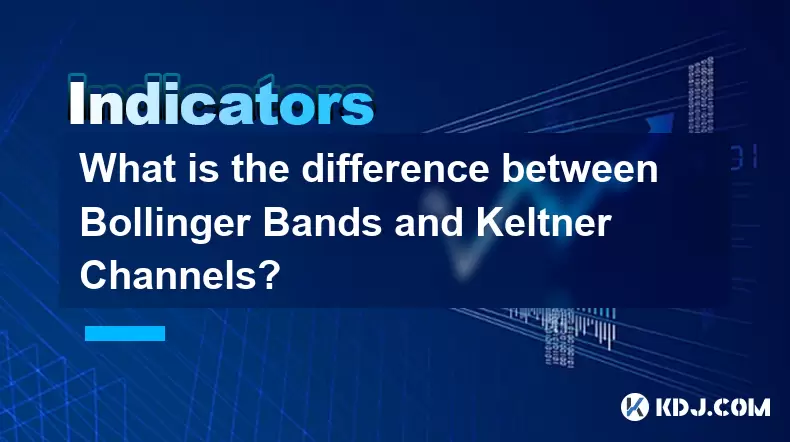
What is the difference between Bollinger Bands and Keltner Channels?
Jul 30,2025 at 11:30pm
Understanding Bollinger Bands and Their Core ComponentsBollinger Bands are a widely used technical analysis tool developed by John Bollinger in the 19...
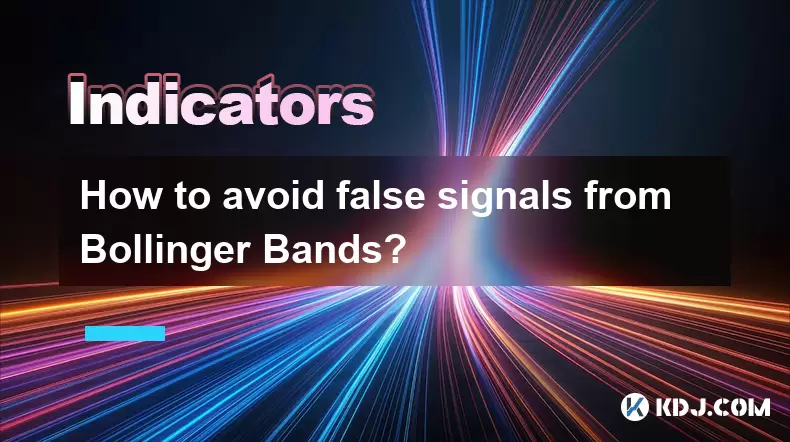
How to avoid false signals from Bollinger Bands?
Jul 30,2025 at 11:42pm
Understanding Bollinger Bands and Their Core ComponentsBollinger Bands are a widely used technical analysis tool developed by John Bollinger in the 19...
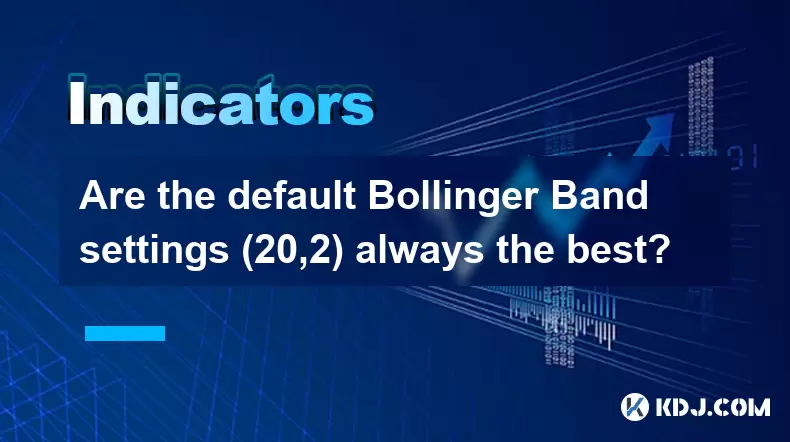
Are the default Bollinger Band settings (20,2) always the best?
Jul 30,2025 at 11:36pm
Understanding the Standard Bollinger Band ConfigurationThe default Bollinger Band settings of (20,2) are widely used across the cryptocurrency trading...
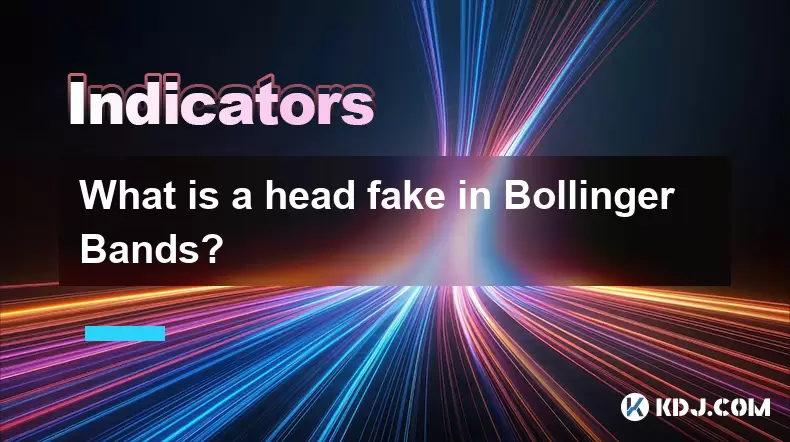
What is a head fake in Bollinger Bands?
Jul 30,2025 at 09:44pm
Understanding Bollinger Bands and Their StructureBollinger Bands are a widely used technical analysis tool developed by John Bollinger in the 1980s. T...
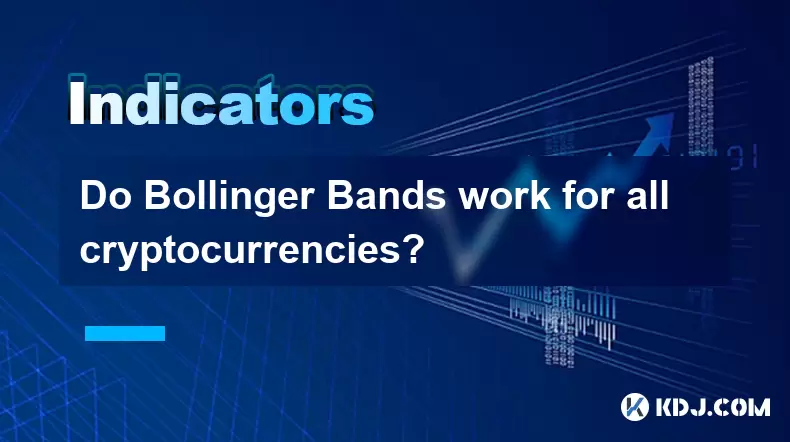
Do Bollinger Bands work for all cryptocurrencies?
Jul 30,2025 at 09:30pm
Understanding Bollinger Bands in Cryptocurrency TradingBollinger Bands are a widely used technical analysis tool developed by John Bollinger in the 19...
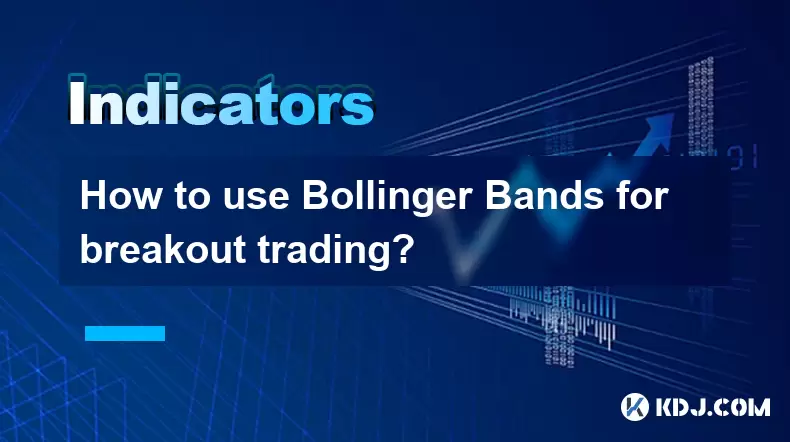
How to use Bollinger Bands for breakout trading?
Jul 30,2025 at 10:27pm
Understanding Bollinger Bands and Their ComponentsBollinger Bands are a widely used technical analysis tool developed by John Bollinger in the 1980s. ...

What is the difference between Bollinger Bands and Keltner Channels?
Jul 30,2025 at 11:30pm
Understanding Bollinger Bands and Their Core ComponentsBollinger Bands are a widely used technical analysis tool developed by John Bollinger in the 19...

How to avoid false signals from Bollinger Bands?
Jul 30,2025 at 11:42pm
Understanding Bollinger Bands and Their Core ComponentsBollinger Bands are a widely used technical analysis tool developed by John Bollinger in the 19...

Are the default Bollinger Band settings (20,2) always the best?
Jul 30,2025 at 11:36pm
Understanding the Standard Bollinger Band ConfigurationThe default Bollinger Band settings of (20,2) are widely used across the cryptocurrency trading...

What is a head fake in Bollinger Bands?
Jul 30,2025 at 09:44pm
Understanding Bollinger Bands and Their StructureBollinger Bands are a widely used technical analysis tool developed by John Bollinger in the 1980s. T...

Do Bollinger Bands work for all cryptocurrencies?
Jul 30,2025 at 09:30pm
Understanding Bollinger Bands in Cryptocurrency TradingBollinger Bands are a widely used technical analysis tool developed by John Bollinger in the 19...

How to use Bollinger Bands for breakout trading?
Jul 30,2025 at 10:27pm
Understanding Bollinger Bands and Their ComponentsBollinger Bands are a widely used technical analysis tool developed by John Bollinger in the 1980s. ...
See all articles

























































































